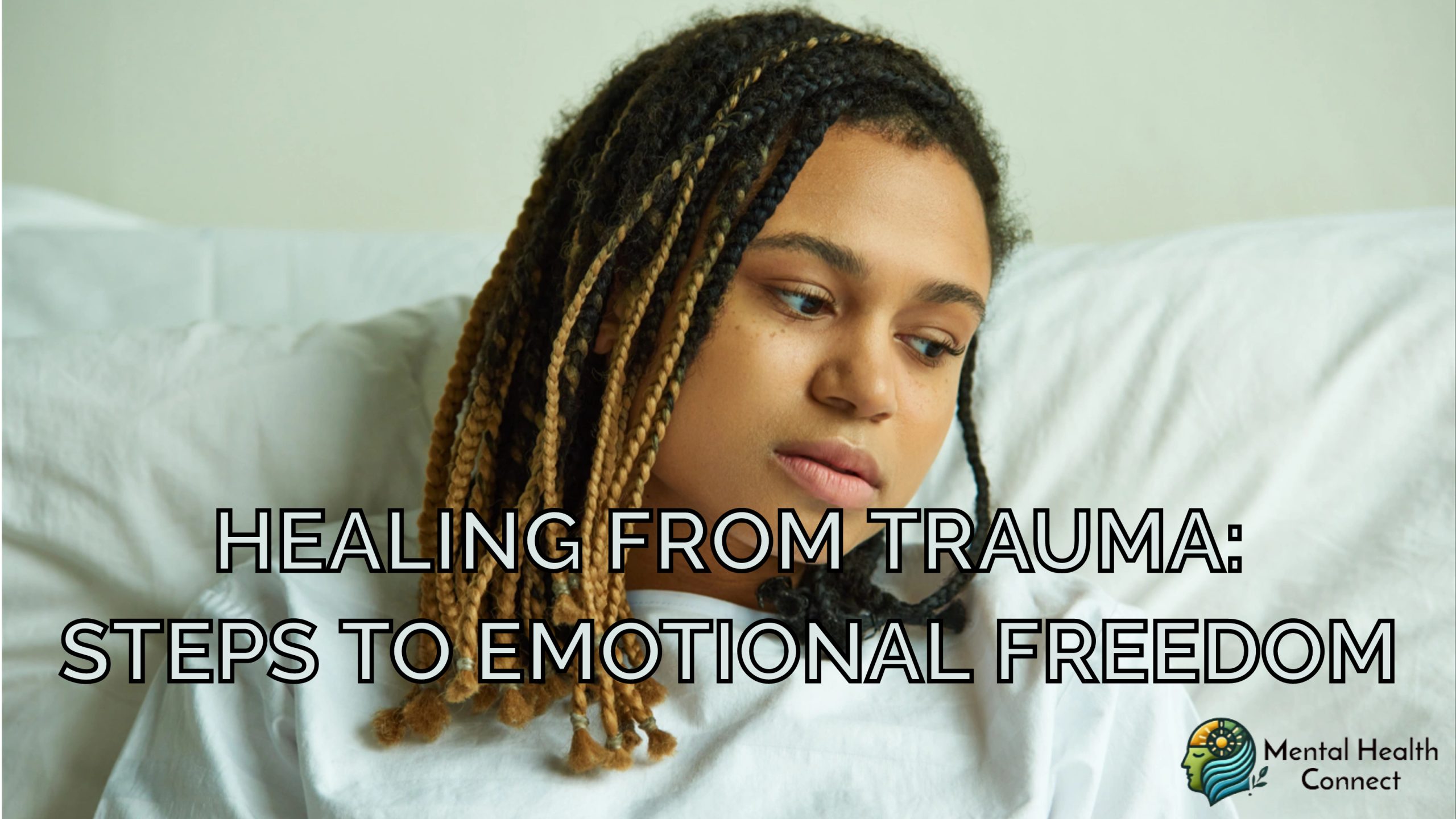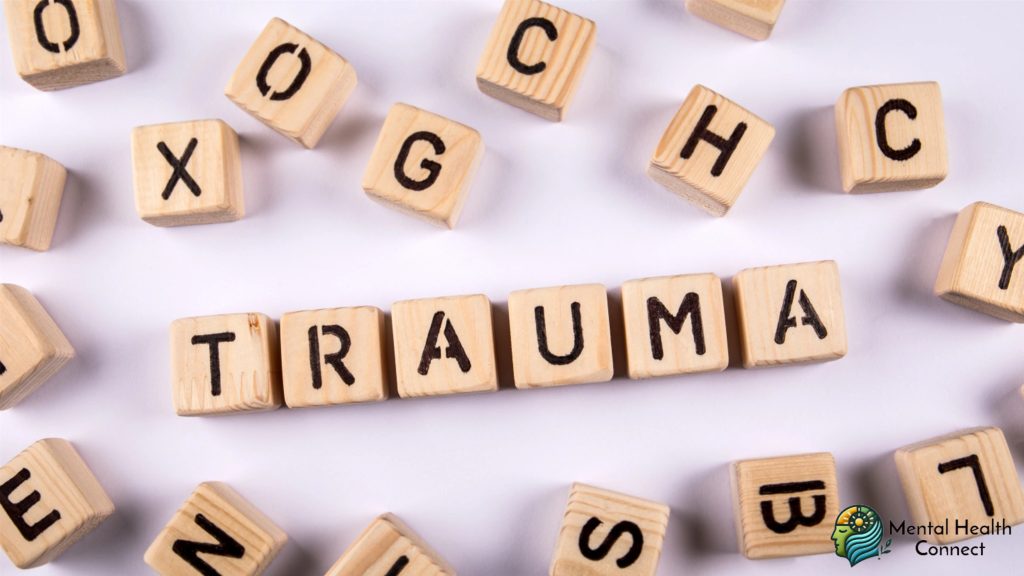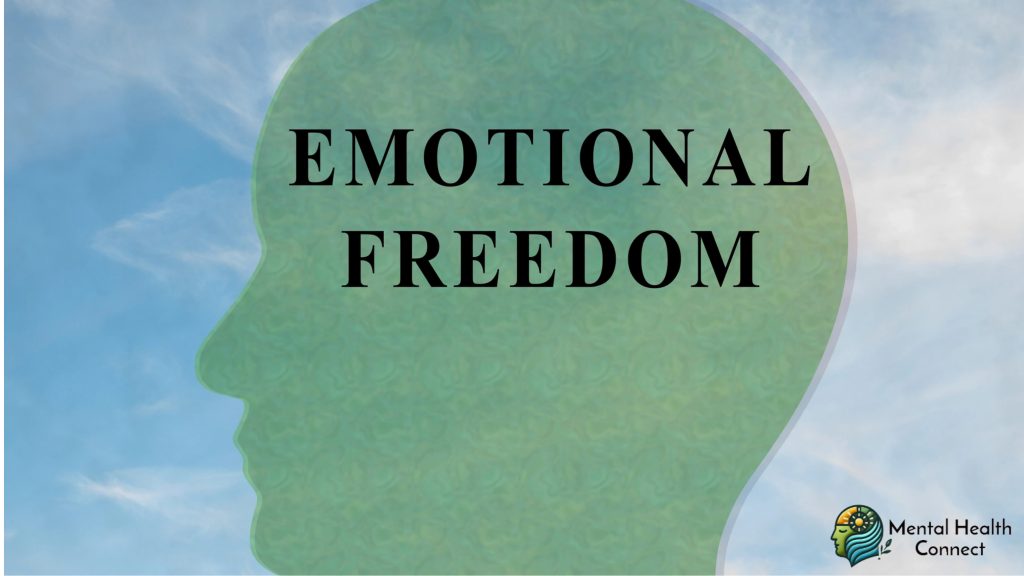Healing from Trauma: Steps to Emotional Freedom

Understanding Trauma’s Impact
Trauma changes us. Whether from a single devastating event or ongoing difficult experiences, trauma leaves imprints on our minds and bodies that can persist long after the danger has passed. These imprints manifest as hypervigilance, intrusive memories, emotional numbness, or relationship difficulties.
The path to healing isn’t linear it’s unique for each person. Recovery doesn’t mean forgetting what happened, but rather integrating these experiences in ways that allow you to move forward with greater freedom and peace.
The Body Remembers What the Mind Tries to Forget

Trauma isn’t just stored in our memories; it lives in our bodies. When we go through stressful situations, our nervous system adjusts to keep us safe. These adaptations while initially life-saving can become problematic when they persist in non-threatening environments.
Physical symptoms like chronic tension, digestive issues, or unexplained pain often have roots in unresolved trauma. Effective healing strategies must treat both the psychological and physical components of trauma because of this mind-body connection.
Seven Steps Toward Emotional Freedom

1. Establish Safety First
Before deep healing work begins, establishing safety is essential. This means creating environments both external and internal where you feel secure enough to begin processing difficult experiences.
Practical actions:
- Identify and minimize contact with people or situations that trigger distress
- Create a physical space that feels secure and comforting
- Develop grounding techniques to use when overwhelmed
2. Find Professional Support
While self-help strategies are valuable, trauma recovery often benefits significantly from professional guidance. Trauma-informed therapists use evidence-based approaches like:
- Cognitive-Behavioral Therapy (CBT)
- Eye Movement Desensitization and Reprocessing (EMDR)
- Somatic Experiencing
- Internal Family Systems (IFS)
Finding the right therapist someone you trust and feel comfortable with can make all the difference in your healing journey.
3. Reconnect With Your Body
Trauma often causes disconnection from bodily sensations as a protective mechanism. Gentle practices that help you safely reconnect include:
- Trauma-sensitive yoga
- Tai chi or qigong
- Progressive muscle relaxation
- Mindful walking in nature
These practices help recalibrate your nervous system and rebuild trust with your body.
4. Develop Emotional Regulation Skills
Trauma can make emotions feel overwhelming or unmanageable. Learning to identify, tolerate, and regulate emotions becomes a crucial recovery skill.
Helpful approaches:
- Practicing mindfulness meditation
- Keeping an emotions journal
- Using breathing techniques during emotional activation
- Creating a feelings wheel to expand emotional vocabulary
5. Challenge Trauma-Related Beliefs
Traumatic experiences often instill limiting beliefs about ourselves, others, and the world. Identifying and gently challenging these beliefs opens doors to new perspectives.
Common trauma-related beliefs include:
- I am not safe
- I cannot trust anyone
- I am permanently damaged
- The world is always dangerous
Working with these beliefs, not by dismissing them but by exploring their nuances and exceptions, creates space for more balanced viewpoints.
6. Rebuild Connection
Trauma often damages our capacity for connection with ourselves and others. Intentionally rebuilding relationships, at your own pace, counteracts isolation and supports healing.
Ways to nurture connection:
- Join a trauma support group
- Slowly rebuild trust with supportive friends or family
- Volunteer for causes meaningful to you
- Practice self-compassion as foundation for all relationships
7. Find Meaning and Post-Traumatic Growth
Many trauma survivors eventually discover that their healing journey, while incredibly difficult, has led to profound personal growth. This doesn’t minimize the suffering experienced but acknowledges the resilience and wisdom gained.
Post-traumatic growth might include:
- Deeper appreciation for life
- Stronger personal boundaries
- Greater compassion for self and others
- Discovery of new purpose or meaning
Common Questions About Trauma Recovery

How long does healing from trauma take?
There’s no universal timeline healing depends on factors like trauma severity, available support, and individual circumstances. Be patient with your process.
Can trauma be completely healed?
Rather than thinking of trauma as something to “get over,” many find it helpful to view healing as learning to carry their experiences differently, with less pain and more integration.
Is medication helpful for trauma recovery?
For some, medication provides symptom relief that creates space for deeper healing work. Discuss options with healthcare providers familiar with trauma treatment.
What if I’ve tried therapy and it didn’t help?
Different therapeutic approaches work for different people. If your first experience wasn’t helpful, consider trying another modality or therapist rather than abandoning professional support altogether.
Moving Forward
Recovery from trauma isn’t about erasing the past it’s about reclaiming your present and future. With each small step toward healing, you expand your capacity for joy, connection, and authentic living.
The journey isn’t easy, but you don’t have to walk it alone. Between professional support, community resources, and self-compassion practices, there are many companions for your path to emotional freedom.
Remember that healing isn’t linear. There will be setbacks and breakthroughs, sometimes within the same day. What matters most is the overall direction toward greater wholeness, choice, and peace.
-
 How Lifestyle Changes Can Improve Sexual HealthApril 3, 2025
How Lifestyle Changes Can Improve Sexual HealthApril 3, 2025 -
 Treatment Options for Erectile DysfunctionApril 3, 2025
Treatment Options for Erectile DysfunctionApril 3, 2025

Leave a Reply